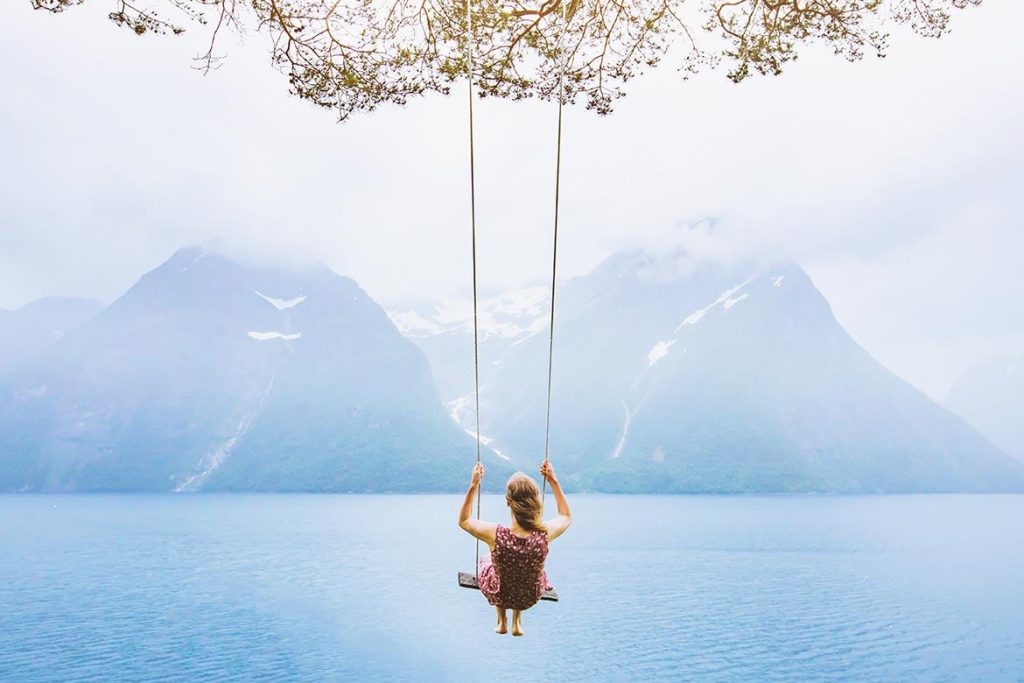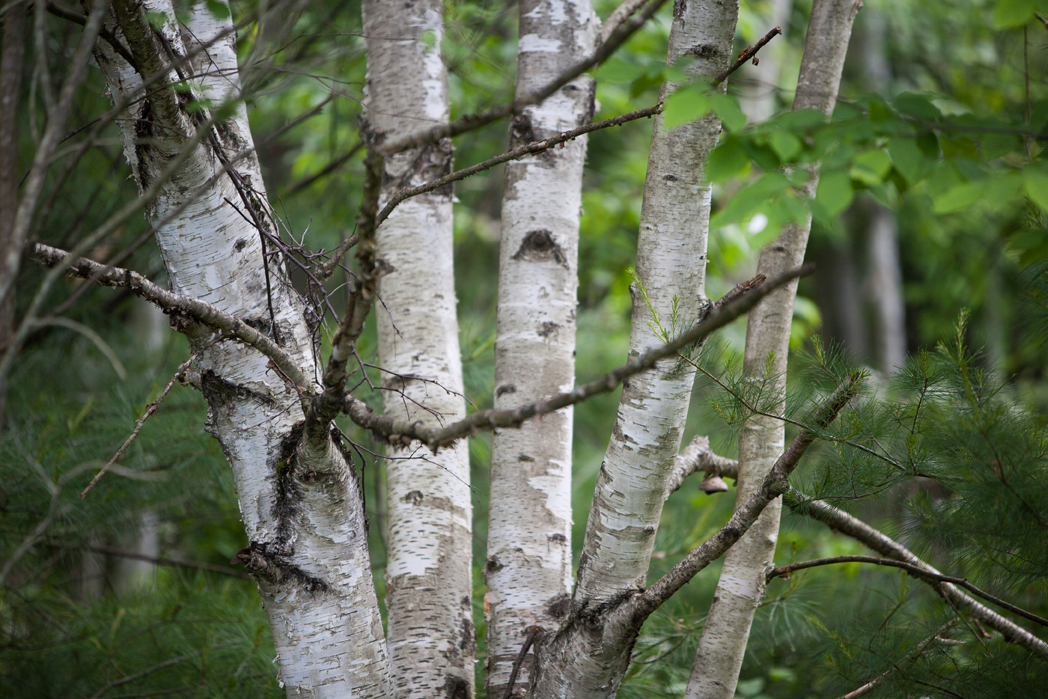I didn’t get out this past week for a hike, yet I still managed to have an adventure. My daughter and I headed north to Burke’s Falls and the wonderful Circling Hawks store filled with colorful crystals, incense and all things esoteric and magical. A giant crystal bowl gently thrums with energy which you can feel resonating inside you when another crystal is rubbed around the inside of the bowl. Books on healing and witchcraft share space with other books on mythical creatures. Outside in the overgrown garden tiny wood houses, perfect for fairies, peek from underneath the green foliage. Colorful bottles adorn a small bush, an African tradition to capture evil spirits, as well as to honor the dead.
After a wonderful hour browsing this unique store, we were not quite ready to head home. An online search of other activities in the area had us jumping in the car to find some heads, screaming heads, giant screaming heads, and possibly some gargoyles. Now this sounds like an adventure. Only a short drive away, down a narrow country road, and there they are, giant concrete heads in a field, mouths wide open in horror. On the other side of the road is an overgrown stone fence with a rusty metal gate and yes, watchful gargoyles perched upon the rocks, ready to pounce on intruders. Rearing up and over the fence like some medieval behemoth is a concrete castle with watchful glass eyes. We were startled by the sound of many wings as a flock of pigeons flew out from the open windowpanes to circle the eerie fields. This is the private entrance, so we continued to the public parking area further on, with the price of admission being only what you wish to donate.
So here we are, at the Screaming Heads of Midlothian, and if that doesn’t sound like a sentence out of some fantasy book, then I don’t know what does. This is the private property of artist and retired schoolteacher Peter Camani who has crafted hundreds of structures out of concrete, mostly those screaming heads, but also hands and the occasional horse. Peter is a calm and dignified man of little words, which we found out when we accidentally entered his private grounds instead of the public area. We were entranced by the huge metal gate shaped like a spider web and inlaid with a black spider. Past these gates is where we found someone we assume to be Peter, sitting calmly in a chair whittling a small piece of wood while peacocks strutted back and forth, screeching at our intrusion. Peter just pointed the correct way and waved us on our way. We did get a closer look at the castle, and the two headed dragon clutching the chimney. It must have been a sleeping dragon, as it was heavily draped in creeping ivy. Just as well, as I am a chubby woman and would make a fine snack for any hungry dragon.

We made our way through the fields, marvelling at the heads erupting from the tall grass. The trail took us along the banks of a small pond and under the cool shade of trees. Metal art pieces materialized out of the thick underbrush, and one strange fabric head resembled a much-tattered Fozzie the Bear (that’s an 80’s reference for the younger readers). We wandered the trails for several hours, reading the occasional inspirational inscription on the concrete heads. There is always something new to see, and often we were mystified by the purpose and meaning of the structures we stumbled upon. And stumble I did, as I had not planned on a day on wet trails. My flip flops provided little traction, and down I went, arms flailing, legs sprawling and there I am, sitting in a warm mud puddle. Ah well, such is life when you are having an adventure. The sun began its slow descent to the horizon, and the screaming heads became even more eerie as they threw long shadows across the fields. I can only imagine this place at night during a full moon, fields of white heads with mouths open in terror, reflecting the moon’s glow. Time to head home before that dragon awakes, and plan for our next adventure to Manitoulin Island.


